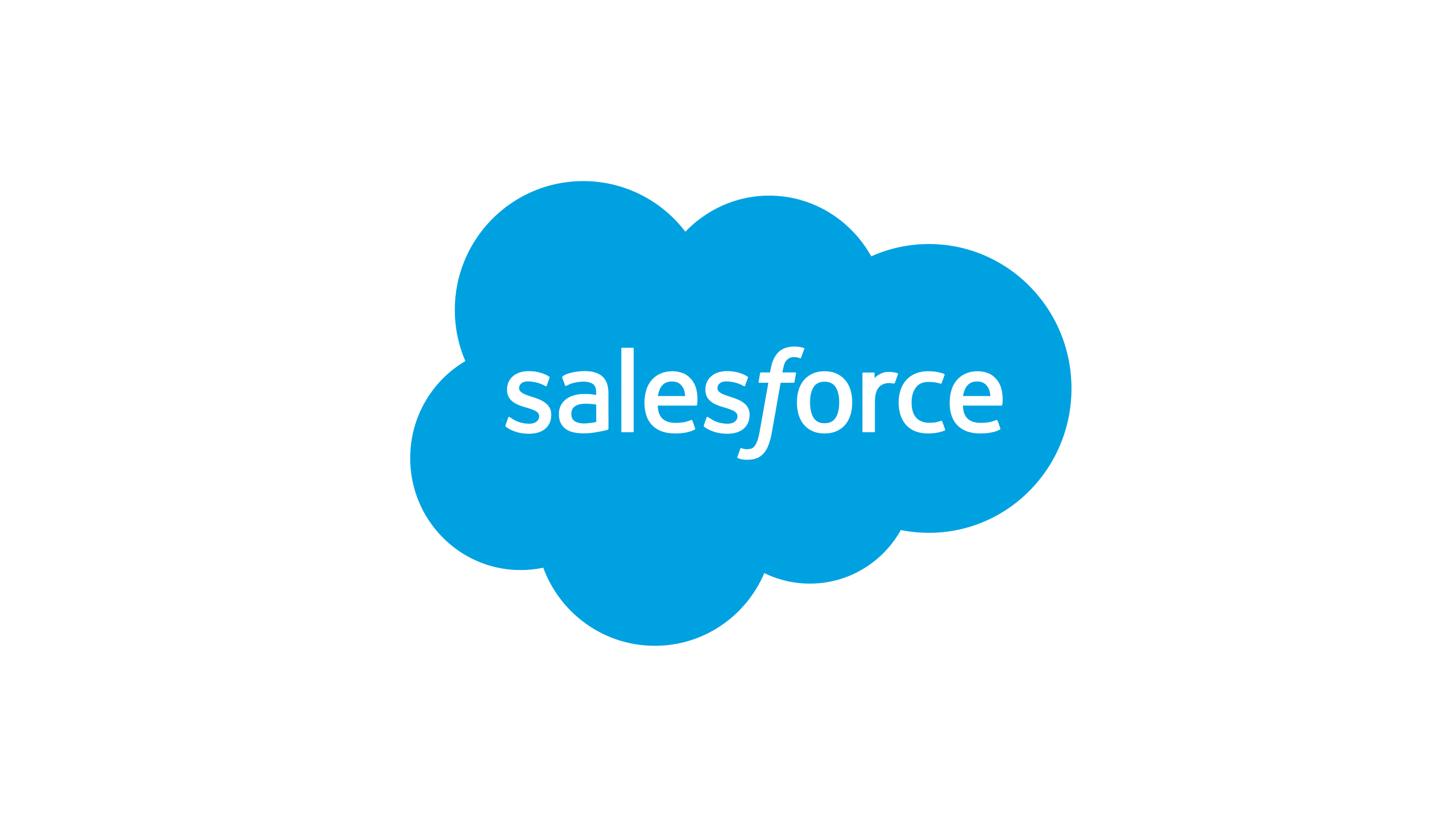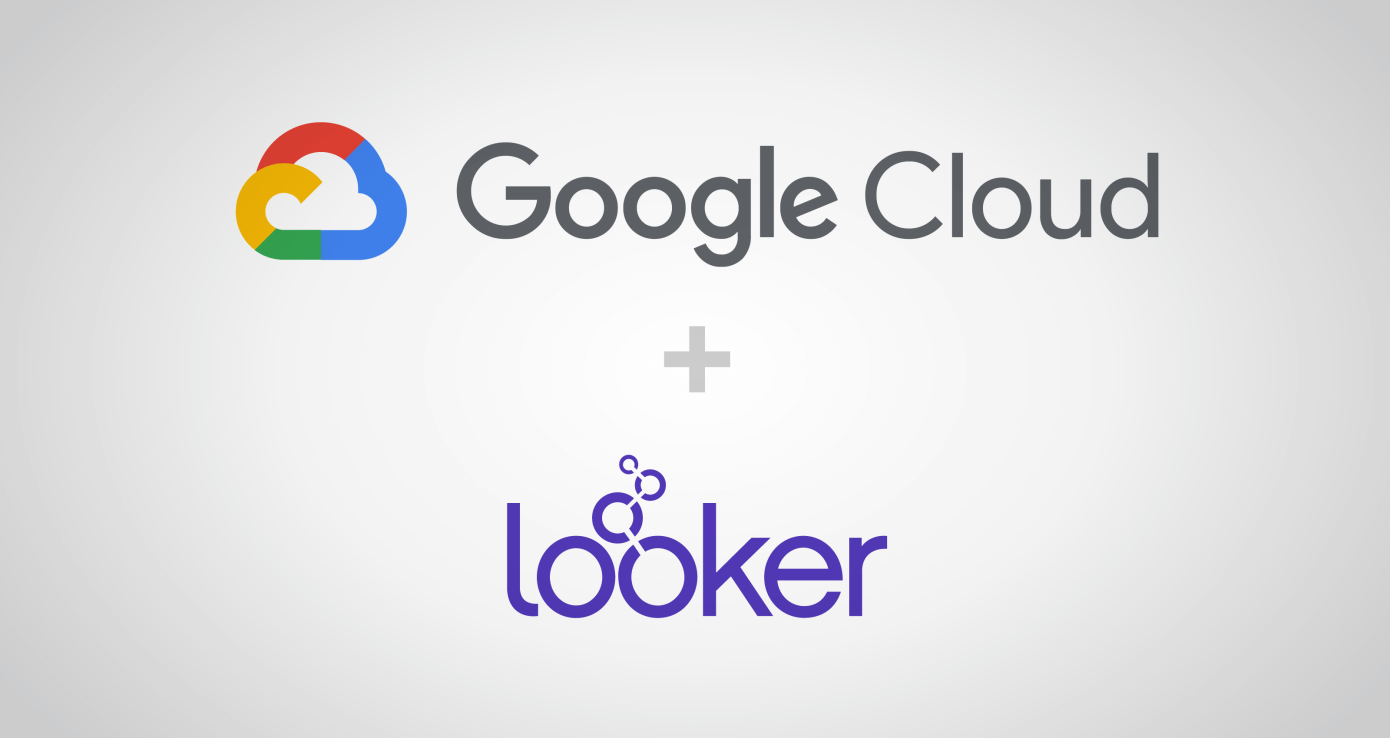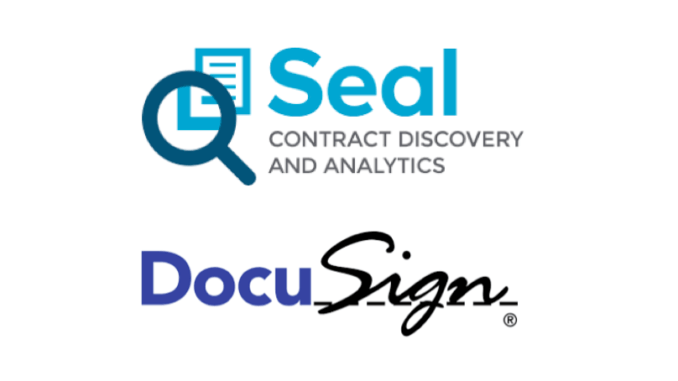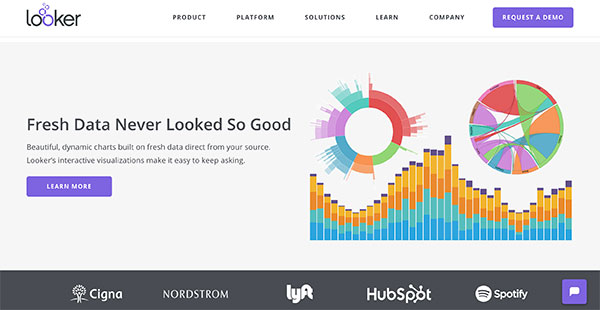In the world of tech startups, the ability to be ready for rapid growth is the name of the game. This is critical to both customer experience, and in making the company attractive to investors and VCs. And although there are signs suggesting a shift from VC fueling takeoffs to a more organic, bootstrapped funding model, there is no shortage of SaaS and apps being built and launched, every day, the world over.
Let’s look at some real numbers to understand just how big the opportunities are in this realm:
- In 2016, the SaaS market was estimated to be worth around $93 billion worldwide.
- As the middle class continues to grow around the world, the heavily data-driven consumer electronics market is expected to reach a staggering $3 trillion by 2020; those devices will rely heavily on app interfaces for functionality.
- Mobile app revenue alone is expected to exceed $139 billion annually by 2021.
All of these apps, including those that power the burgeoning internet of things (IoT), are increasingly data-driven. For example, take the popular Fitbit device and app, which served 23 million users in February of this year, with many business enterprises even incorporating the popular fitness app into their corporate wellness programs. Each of those users generates mounds of data that must be stored, tracked, analyzed, retrieved and presented in a compelling way to end users.
And it's not just consumer apps. Business applications must also manage and repurpose a huge amount of data -- marketing, sales, HR, accounting and health care all use data that needs to be tracked, compiled, manipulated and packaged as part of the product’s user experience.
Audiences are hungry for data -- and they are both data-driven and increasingly data savvy. Tech startups looking to enter this massive market face a real conundrum: What’s the best way to integrate this kind of data into my product’s user experience? How can I build a solid app with a built-in ability to process my data integration and be ready to scale for rapid growth?
Making the case for embedded analytics
If you’re building an app or a SaaS solution, you’ll be generating a ton of user data. And you’ll need a way to offer those users solid data analytics and dashboard-style reporting, which falls under the discipline of business intelligence (BI).
Unless you are in the BI niche in the first place, this kind of development is not likely to be in your company’s key competencies. Merging multiple data sources, pulling queries in real time from massive datasets, and giving users choices in how they explore their data are all major technical challenges. This usually means big resources -- in both time and money -- before you are able to show a functioning product to potential investors or end users.
Enter embedded analytics, a potential game-changer for startups.
Until recently, BI reporting and manipulating capabilities such as dashboards were limited to Fortune 500 companies that could afford to build these complex and expensive data warehouses, explains research analyst Daniel Harris.
Now, Harris notes, these kinds of analytics are less frequently built in-house. Instead, they are more likely to be provided by BI vendors and integrated directly into the app developer’s system, through the process of embedded analytics.
“In some cases, the business application vendor publicizes its partnership with the BI vendor,” Harris explains. More likely though, the BI vendor’s name is never known by the end user, in a process known as “white labeling.”
What this means is that startups can, without the massive resource infusion needed to create their own, offer robust data analytics that look, feel and act like a built-in part of their product experiences because in essence, they are.
Beyond the user experience, embedded analytics are proving to be a powerful way for startups to hack growth and scale quickly. According to research conducted by the Aberdeen Group, 53 percent of service providers are embedding analytics to drive competitive advantage, and the top service providers that did so saw a 31 percent year-over-year increase in customer base.
What BI firms are doing to reduce friction
BI firms clearly have a vested interest in providing solid embedded analytics solutions to startups. And they are becoming increasingly creative in finding ways to help these young companies integrate their products.
Sisense, for example, launched Sisense Startup, a program that gives select startups free access to their embedded analytics and reporting functions. In addition, the chosen companies get hands-on support to help make their startup look more attractive to potential investors, partners and end users.
“We want startup founders to use their domain expertise to focus on getting their companies off the ground,” explains Sisense co-founder and growth hacker Adi Azaria in the announcement video. “We will take care of the BI and analytics presentation.”
Another leading BI platform, LogiAnalytics, provides startups with robust educational resources, so developers can train themselves, with a full set of learn-as-you-go content. Logi University offers webinars, online training courses, a comprehensive library on the BI industry, and live events to help developers understand and implement best practices in embedded analytics.
Pentaho, another BI firm, launched its Pentaho Labs initiative in 2013, where it incubates breakthrough data orchestration and advanced analytics. It also offers a robust partner program, and an annual user event, PentahoWorld.
Building blocks for all parties
These initiatives illustrate the extent to which the BI industry understands that SaaS and data-driven product creation has changed, and embedded analytics are proving to be a highly valuable, and competitive, commodity. It’s an exciting example of the kind of forward-thinking partnerships that will truly be a win-win -- for the startups, for the BI vendors and ultimately for the end users.
This article first appeared on Entrepreneur and was written by Ralph Tkatchuk and can be found here.




































